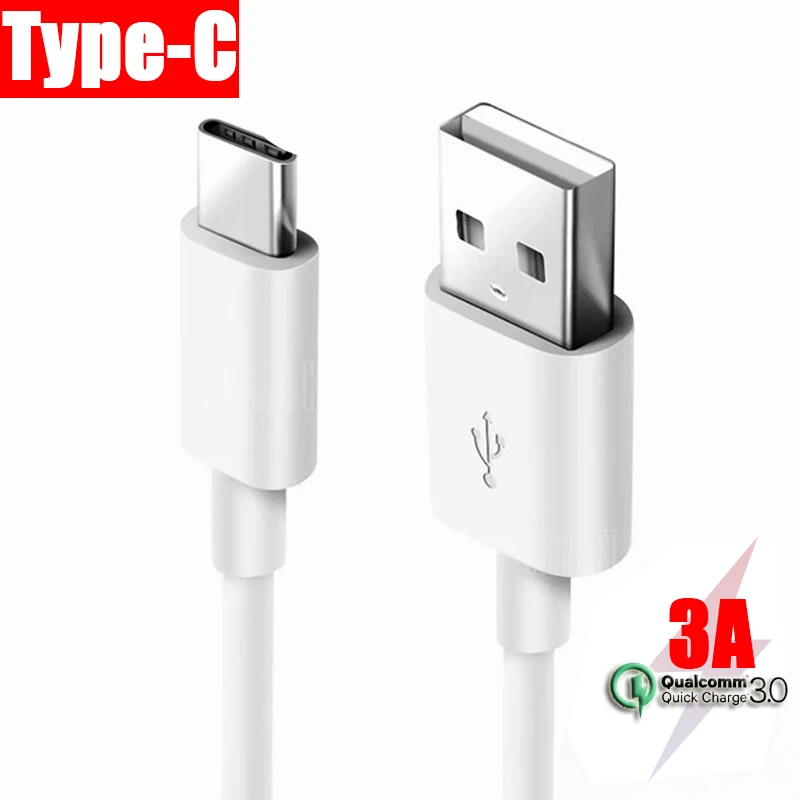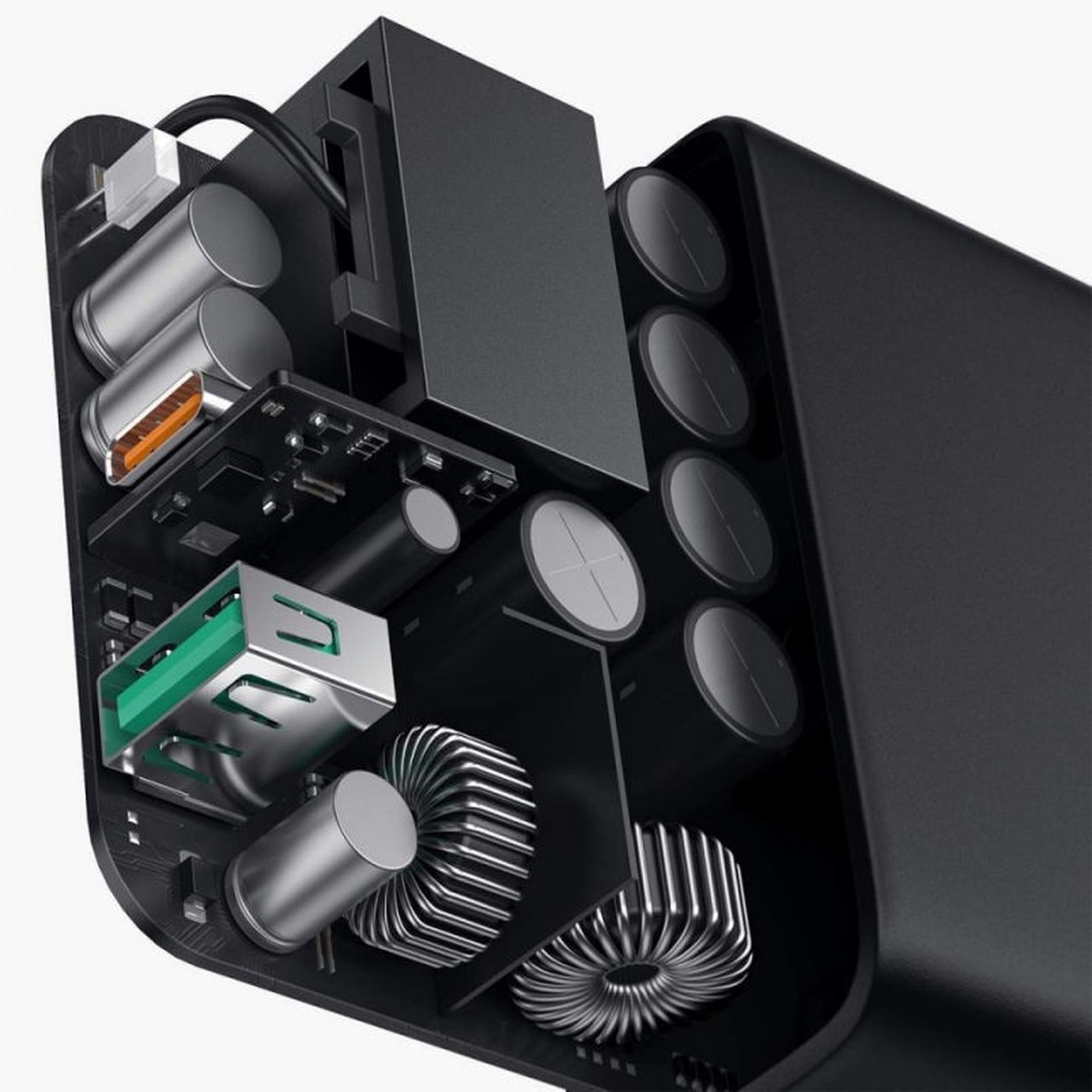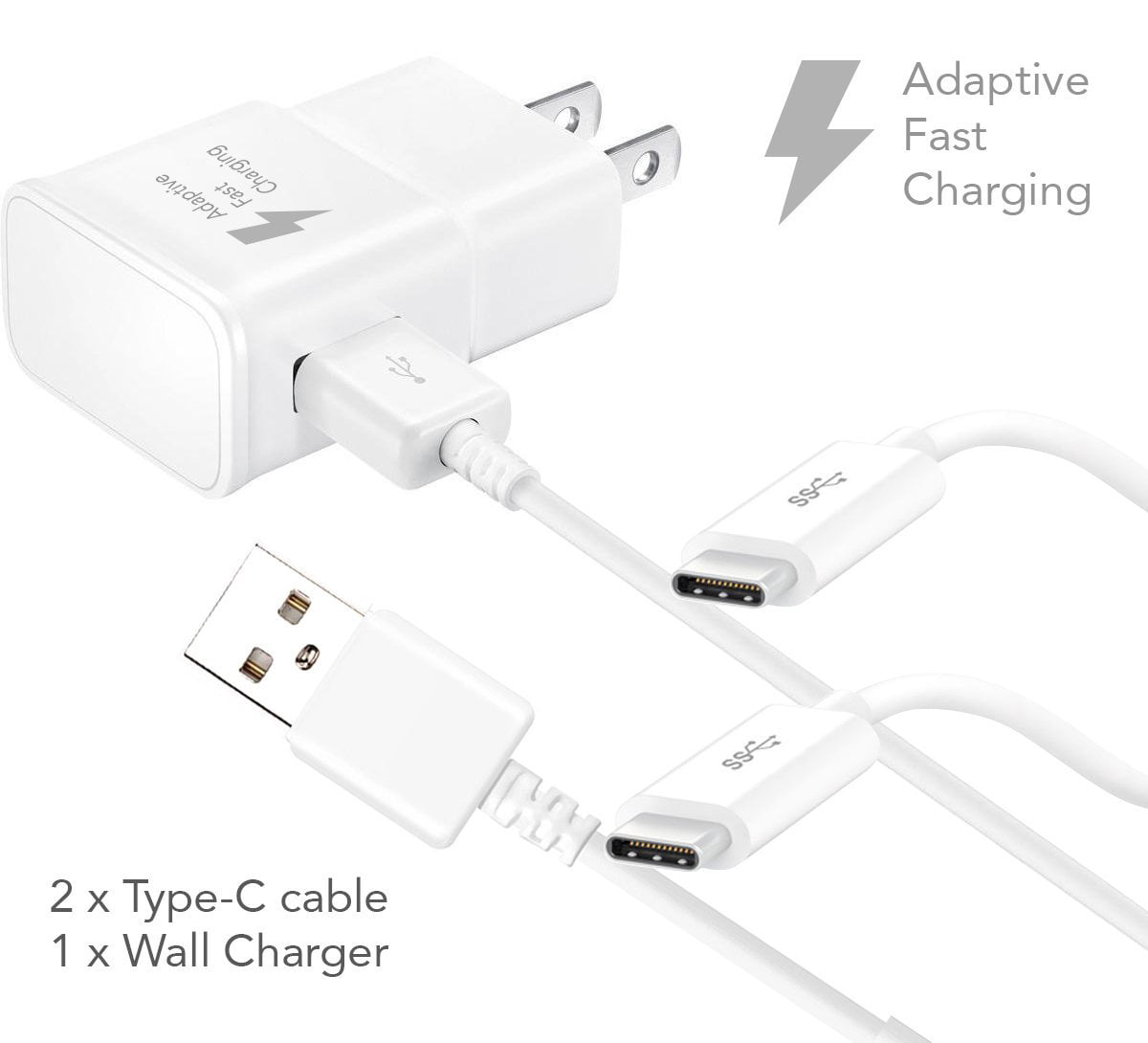Everything about The Best Durable Charging Cables 2021 - Rolling Stone

The Definitive Guide for The difference between USB-C and USB 3.0 ports - ALOGIC
Eventually there's still very little consistency about the charging speed of mobile phones and no simple method for customers to understand if, or how well a handset will charge using any provided plug. This ends up being even less clear when items start using bi-directional charging capabilities, such as charging your phone from your laptop computer's USB port.
USB-C supports 2. x, 3. x, and Thunderbolt speeds for some ports, which is confusing enough. Nevertheless, cable televisions likewise have to be particularly rated to meet higher speed requirements. The intro of USB 3. 2 and its ludicrous Gen 1, Gen 2, and Gen2x2 branding threw up another hurdle for those attempting to get their head around the progressively complex calling scheme.
USB 4 claims to "decrease end-user confusion", as it mandates a USB-C port and USB PD assistance, however it still offers a confusing selection of optional functions, such as Thunderbolt 3 on simply some devices. Eventually not all future USB-C ports will be USB 4, so it's not likely to solve the problem.

USB-C to USB-A 3.0 Adapter with USB-C Rapid Charging Port - Accell
0 information speeds just by looking at it. The USB information calling plan is unquestionably a mess. The table below will hopefully help to arrange out what each requirements provides you. The Most Complete Run-Down , Spec, Optional Customer Branding, Dataspeed, Generation: USB 1. x, Requirements: USB 1. 0Optional Customer Branding: Complete Speed USBDataspeed: 12 Mbps, Generation: Requirements: USB 1.

Type A & Type-C USB Charger/Tamper Resistant Receptacle, 20-Amp, T5833 – Leviton
Not known Details About USB: Port Types and Speeds Compared - Tripp Lite
5 Mbps, Generation: Spec: USB 1. 1Optional Customer Branding: Full Speed USBDataspeed: 12 Mbps, Generation: USB 2. x, Spec: USB 2. 0Optional Customer Branding: High-Speed USBDataspeed: 480 Mbps, Generation: USB 3. x, Spec: USB 3. 0Optional Consumer Branding: Super, Speed USBDataspeed: 5 Gbps, Generation: Requirements: USB 3. 1Optional Customer Branding: Superspeed USB+D ataspeed: 10 Gbps, Generation: USB 3.

2 Gen 1Optional Customer Branding: Super, Speed USB 5Gbps, Dataspeed: 5 Gbps, Generation: Requirements: USB 3. 2 Gen 2Optional Customer Branding: Super, Speed USB 10Gbps, Dataspeed: 10 Gbps, Generation: Requirements: USB 3. 2 Gen 2 2x2Optional Customer Branding: Super, Speed USB 20Gbps, Dataspeed: 20 Gbps, Generation: USB 4Specification: USB 4.

USB Type C is supposed to be the one cable to rule them all, but there's going to be confusion first - CNET
These fall under the USB-C requirements instead of the port's information speed requirements. These consist of Display, Port, MHL, HDMI, Ethernet, and audio functionality supplied over the port, all of which count on the connected devices and cable televisions to support them. These are not a compulsory part of the port spec, as capabilities and needs clearly differ from gadget to device.
